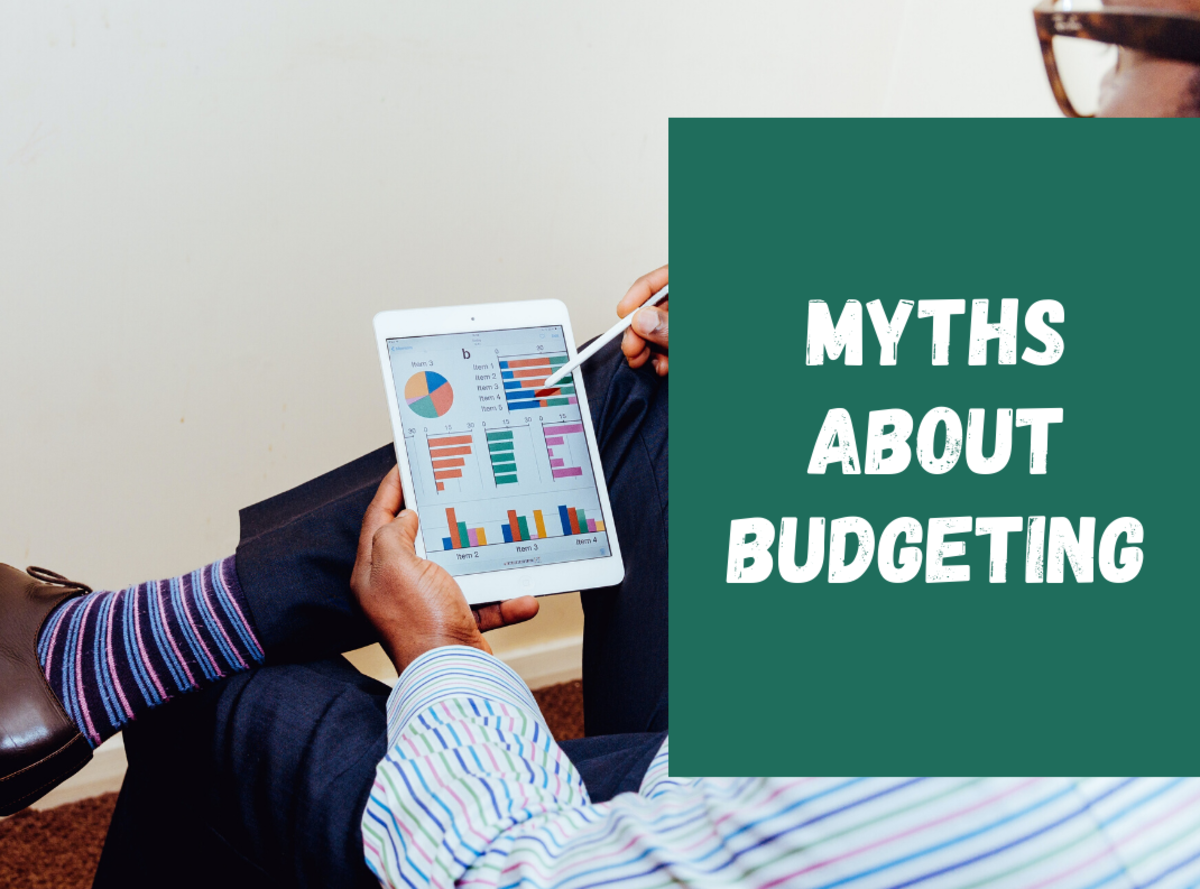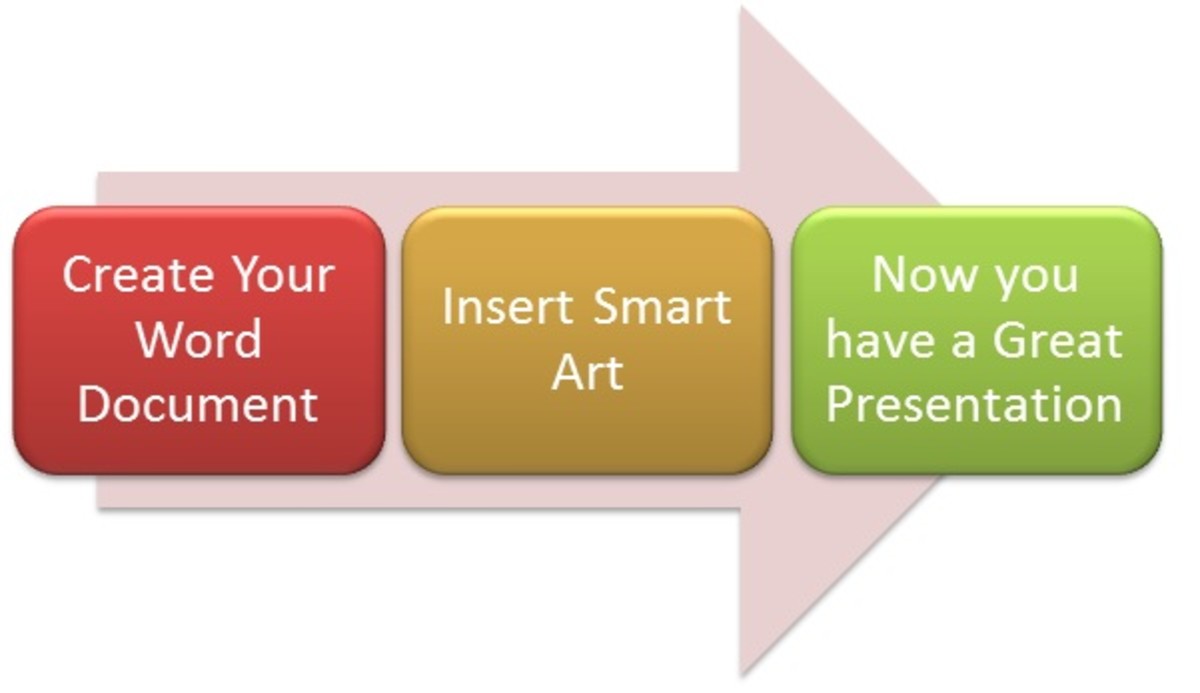Your budget doesn’t work. Here’s how to make one that does.
It’s well known that budgeting can be an effective way to manage your money. It can give you an organized way to make sure you can pay your bills, save some money and still have some fun. When they work they show you where your money has gone and where it is going. They can help you find ways to get what you want and still meet the goals you need.
Unfortunately, most budgets fail after only a few months. That’s because most budgets are put together based on unrealistic goals. When people set up budgets they are usually based on what people think they spend and how much they think they should spend. Not based on what they do spend and the goals they want to achieve. So how do we set up a realistic budget that works? Here are the key steps to put together a successful budget.
Step 0 – Don’t Lie (also called Yes, Just One Does Count).
For a budget to work you have to be honest about how you’re spending your money. I hear a lot of times people will use the excuse of “Oh, just one won’t count.” Well, actually yes it can. The reason is that it is never just one. One turns into two. Then it becomes a pattern. Then it becomes the norm. So Step 0 is to not lie. Don’t leave something out. Especially in this first part.
Step 1 – Track what you actually spend.
Before you create your budget you need to know what exactly you actually spend your money on. This can be very eye opening for most people. To do this I created a spreadsheet. A list can work just as well. Some people I know kept all their receipts. And some just load up their accounts in an online management program like mint.com. The point is that you keep track of every penny you spend for a month. Categorize it by type: food, utilities, entertainment, etcetera. Whatever you want to keep track of. Track your spending like this for three months.
Step 2 – Review what you spent.
Now look at what you have been spending your money on for the past three months. You may want to look at it in different ways. Over the years I’ve created and changed categories to find the best way to organize my budget. Make adjustments until you find a way that you’d like to start organizing your budget. This is just a starting point and you can change things whenever you need to later. For example, you may want to group household items with groceries if you usually buy them at the same time. Or you may want to separate them if you’re trying to spend less on groceries. After you’ve looked at it a few different ways create a list of all of the categories that you want to use and how much you typically spend on them.
Step 3 – List your long term goals.
Your long term goals are what you want to accomplish. This might be retirement, buy a house, pay for college, or any other long term financial goal. List these as specific as possible. Include an estimate on how much you’ll need and when you’ll need it.
Step 4 – Create your short term goals.
Look at your long term goals and create some short term goals. These may include reducing spending, save more, eat out less or any other goal that you can do in the next few months. These goals should support your long term goals. For example, if you want to save for a new car you may need to save $300 a month in a savings account. If you have a long term goal of eating out only once per month your short term goal may be to only eat out twice this week.
Step 5 – Create your budget.
Now start creating your budget. List out your categories. Write down how much you normally spend on each of those categories. Then adjust the numbers a little bit to bring you closer to your goals. Using the eating out example again, have an Eating Out line item in your budget that is slightly less than what you’ve been spending. Then the next month you’ll lower it again. Do that each month until you reach your goal of eating out only once per month. As you lower it increase the amount in your other line items, like savings.
Be sure to make room for things that are important to you. This will include your goals, but it’ll also include hobbies that are important. Also include a miscellaneous line item for all those things that just seem to come up. They’re different each month and they can derail an otherwise good budget.
Step 6 – Adapt as you go.
Start tracking your spending against your budget. As the months go by you’ll see places where you need to make changes. That’s fine. Just adapt your budget. When things in your life change your budget may need to be updated too. As you reach your goals, plan for new goals. Just be sure to track everything. Like I mentioned in Step 0, lying can cause your budget to fail and undermine your goals.
Budgeting is important to achieving your financial goals. However, to achieve those goals you have to start from where you are at now. Then adjust to get on track to achieve your goals. This can be difficult if you don’t know where you’re starting from. Follow these steps to create a workable budget. Once you know what you spend your money on and where you want to be, how you actually budget may not be important. Some people use envelopes with cash for each category. Some people use a spreadsheet. Some use online tools that track their spending for them. The final responsibility is on you though. Most of your purchases are your choice. You have to decide when to spend and when to not spend money.
Have you used other methods to develop a budget? What has worked for you? Any tips for first time budgeters?








